There can be your advertisement
300x150
7 Major Mistakes When Building a Country House
Tips to Consider
Building a new house is a very laborious and expensive task. One mistake can lead to a large number of problems. That's why you should approach the process with care. Today we will tell you about the mistakes to avoid when building your own home.
1. Working Without a Project
A rough sketch of a construction plan drawn on a piece of paper without taking into account geological and soil characteristics of the area can lead to cracks in the walls, heating problems, flooding, etc. In the end, additional expenses will be required. It's better to consult with specialists who know the key points of construction and can help you.
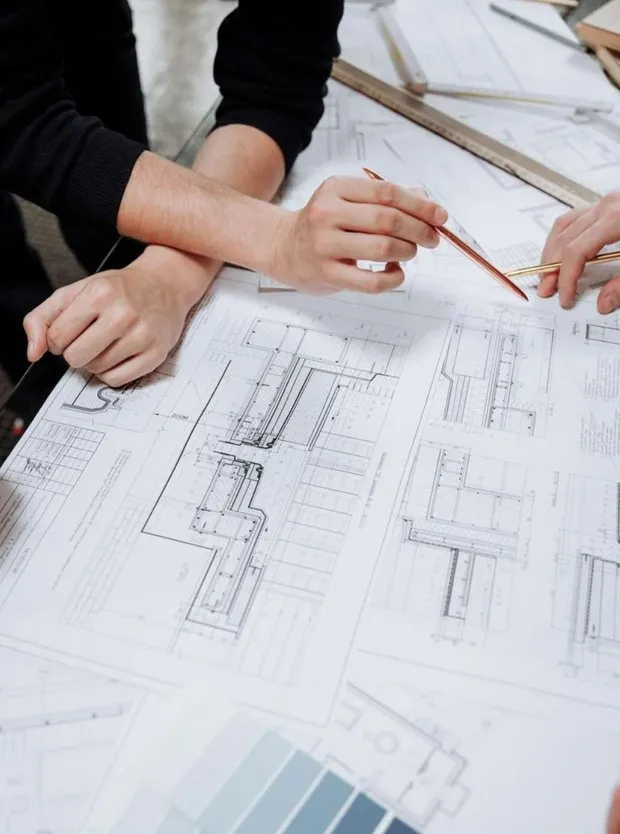 Photo: Pexels
Photo: Pexels2. Ignoring Soil Characteristics
This mistake can lead to complete destruction of the house. Different types of soil vary in load-bearing capacity. For example, sandy soil can support any foundation, whereas peat is very unpredictable. Don't gamble with fate — commission an expert assessment.
3. Incorrectly Laid Foundation
The foundation is the base of the house. Any mistakes in construction will be very costly. When building it, a large number of factors must be considered. The most common problems when laying the foundation include:
- lack of waterproofing;
- pouring in stages;
- insufficient depth of placement;
- low strength.
If you're not confident in your abilities, seek help from experts. It's also important to make a proper apron that will reliably protect your structure from moisture and freezing. Most people think concrete is best for this purpose, but that's not quite true. It absorbs moisture and in winter, due to water expansion when it freezes, it cracks.
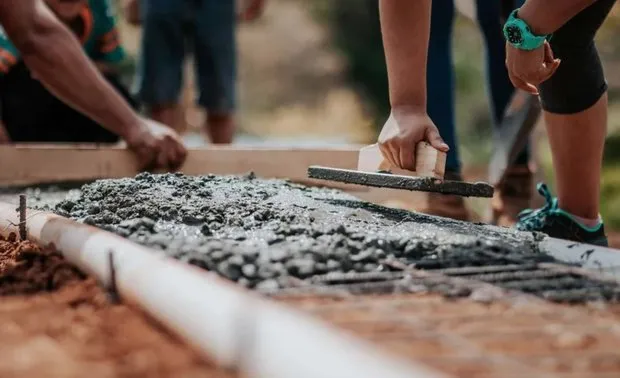 Photo: Pexels
Photo: Pexels4. Poor-Quality Materials
Building a house is a very expensive endeavor, so many people start to cut corners by buying low-quality materials. This is the main reason for leaks, possible fires, and other issues.
Create a detailed estimate and calculate the costs. Buy materials only from reliable suppliers, check their licenses and certifications.
5. Uninsulated Walls
You can, of course, optimistically look toward the future and expect warm winters. But to always feel comfortable in your home, external walls should be insulated. For this purpose, choose quality materials that will serve you for more than a decade.
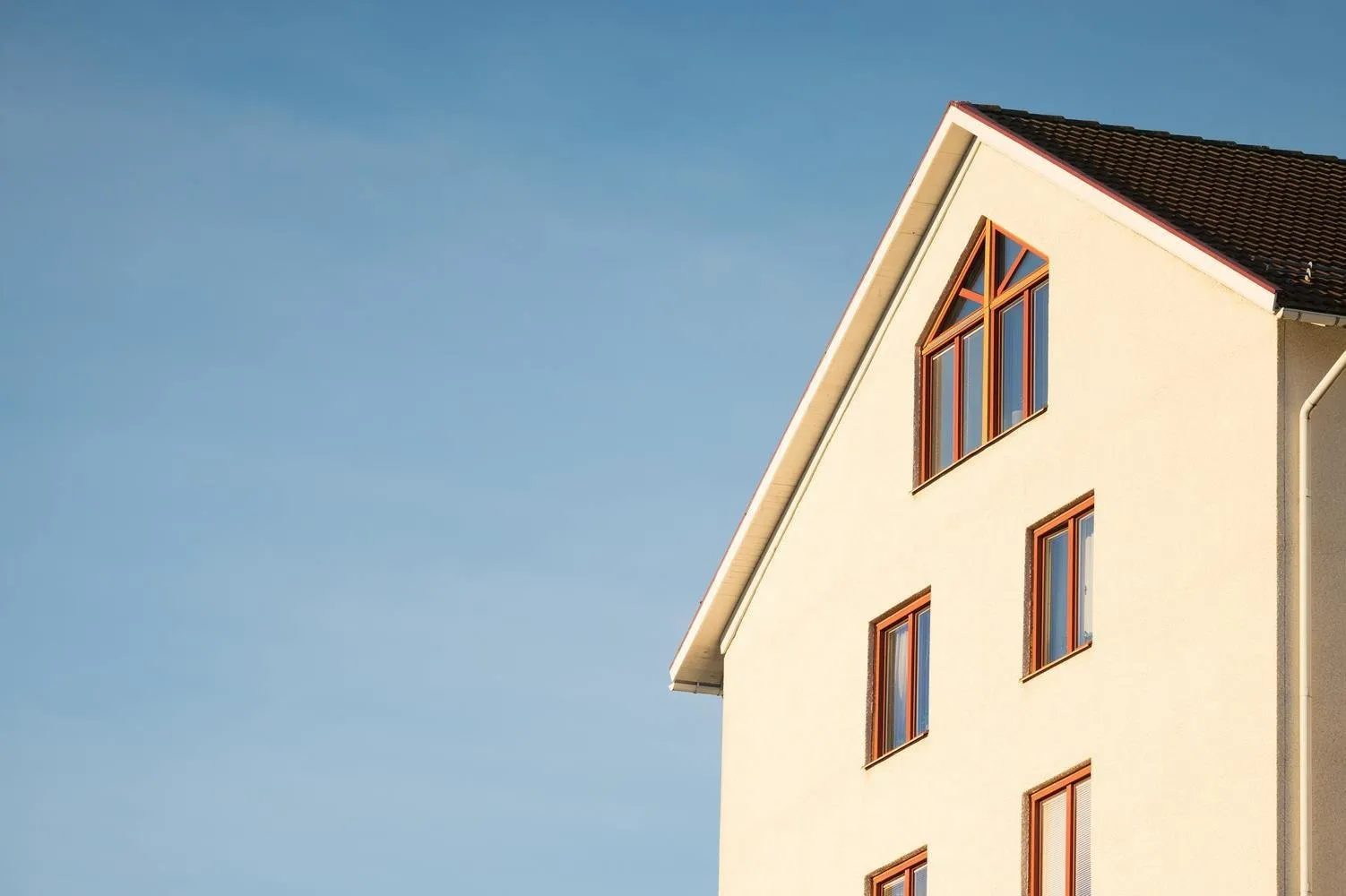 Photo: Pexels
Photo: Pexels6. Poor Waterproofing
Moisture can appear not only in spring or during rainy weather, but also when doing laundry or even cooking. Excessive humidity negatively affects the building structure. To avoid problems, install waterproofing both inside and outside the building. Also, proper ventilation is needed to remove moisture.
7. Unqualified Workforce
You may have a perfect project and high-quality materials, but a team of poor builders will ruin everything. Contact verified companies that have proven themselves to avoid any issues.
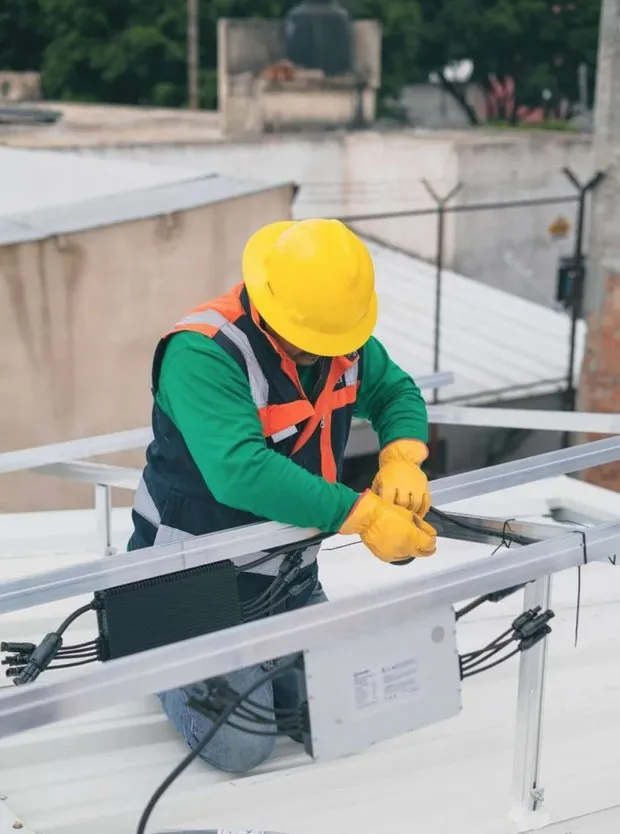 Photo: Pexels
Photo: PexelsMore articles:
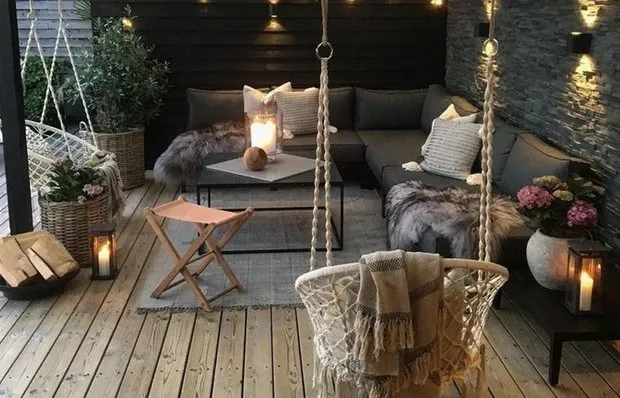 IKEA Alternatives: 11 Great Products for the Garden
IKEA Alternatives: 11 Great Products for the Garden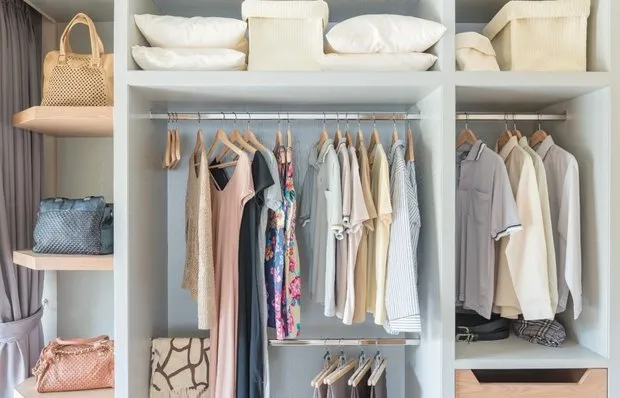 Organizing the Wardrobe After Winter: Tips from a Professional Space Organizer
Organizing the Wardrobe After Winter: Tips from a Professional Space Organizer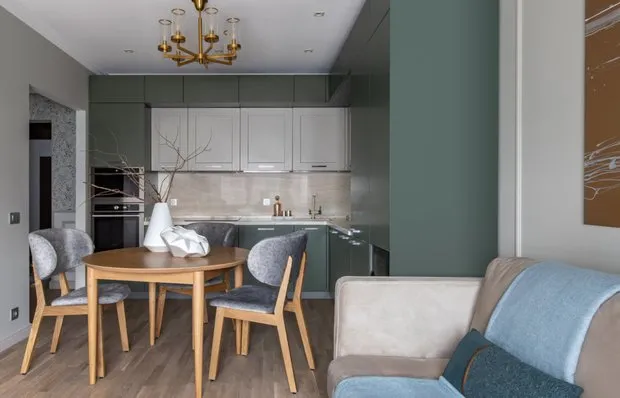 Professional Reveals 4 Things You Absolutely Must Not Do During Apartment Renovation
Professional Reveals 4 Things You Absolutely Must Not Do During Apartment Renovation How They Transformed the Look of a Classic Moscow Stalin-era Apartment (Before and After Photos)
How They Transformed the Look of a Classic Moscow Stalin-era Apartment (Before and After Photos) How to Create Coziness on a Budget: A Couple Remodeled Their Rental Apartment and Shared Tips
How to Create Coziness on a Budget: A Couple Remodeled Their Rental Apartment and Shared Tips Design tricks to keep your renovation stylish for years
Design tricks to keep your renovation stylish for years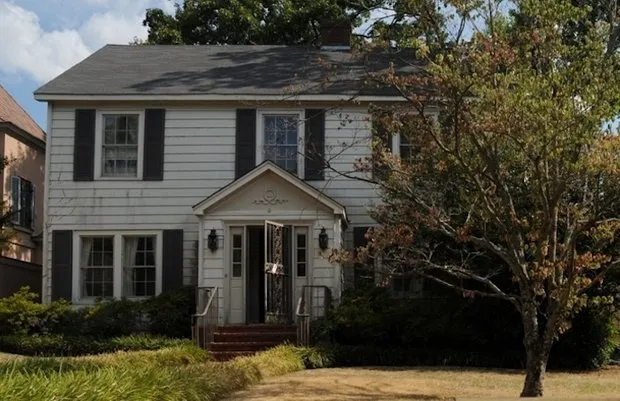 Home Repair from the 1940s Without Designers and Preparation (Before and After Photos)
Home Repair from the 1940s Without Designers and Preparation (Before and After Photos)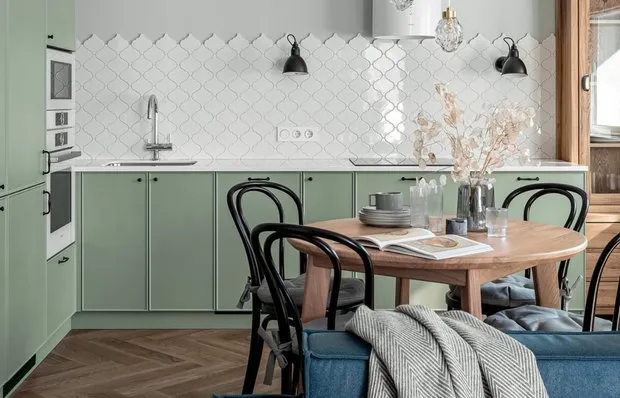 8 Mistakes in Kitchen Design You Can Avoid Now
8 Mistakes in Kitchen Design You Can Avoid Now